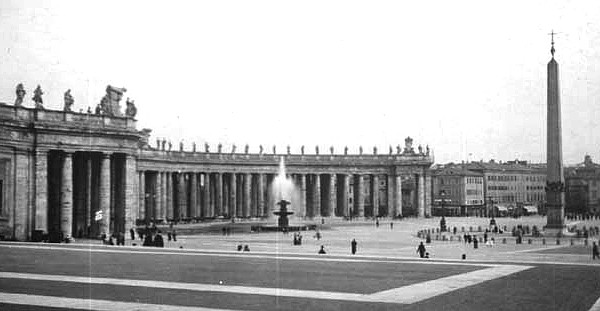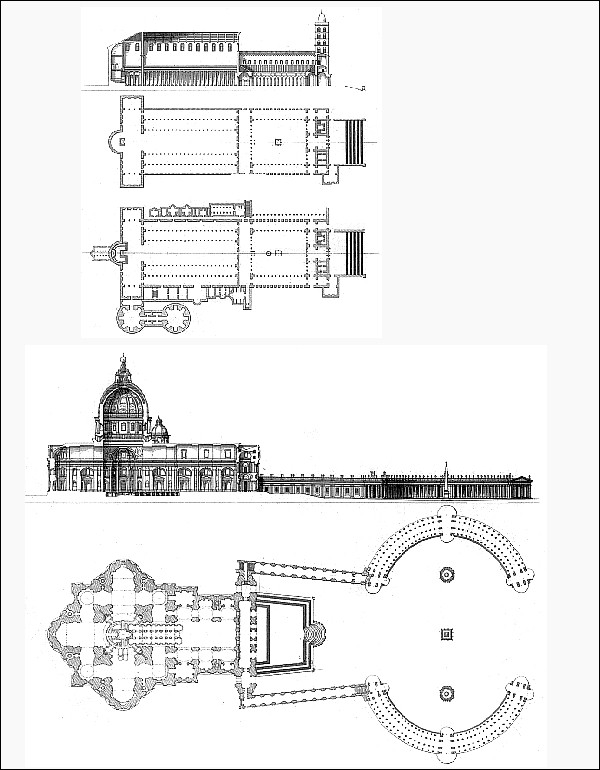Antoine Coysevox (pronounced Coesevau)
sculptor; b. September 29, 1640 (at Lyons); d. October 10, 1720.
Coysevox, the favourite sculptor of Louis XIV, was the son of a cabinetmaker of Lyons (Rhône, France). In the baptismal records the name is written Quozeveau. He spelled it Queseveau. At the age of seventeen he entered the atelier of Larambert in Paris. He was appointed sculpteur du roy, and in 1667 began to work on the decoration of the Louvre under the direction of Charles Lebrun. From 1678 to 1686 he directed the sculptural decoration of the palace at Versailles, especially the Escalier (stairway) des Ambassadeurs, the Galerie des Glaces, and the Salon de la Guerre. He made numerous statues for the exterior of the palace, and, in the park of Versailles, the Fontaine de la Gloire, and many statues, vases, and the like. October 29, 1678, he was made professor at the Académie, Paris. His works at the château of Marly are now much dispersed. Coysevox designed the monument of Cardinal Mazarin now in the Louvre, the monuments to Colbert in the church of S. Eustache, Paris, the monument of Charles Lebrun in the church of S. Nicolas du Chardonnet, Paris. A list of about 300 of his works is given by Jouin.
Jacques Gabriel (II)
architect; d. 1686.
Jacques (II) was a nephew by marriage of Jules Hardouin-Mansart. He was the principal constructor employed at the château of Versailles, where he built the canal, reservoir, etc. In 1667 he built the establishment of the Gobelins. In 1675 Gabriel undertook the construction of the new buildings of the chateau of Clagny. In 1685 he began the construction of the Pont Royal.
Grinling Gibbons
sculptor; b. April 4, 1648; d. August 3, 1720.
The greatest of English wood carvers. Gibbons was born at Rotterdam, Holland, and probably came to England in 1667, the year after the Great Fire in London. He attracted the attention of John Evelyn in 1671, who presented him to King Charles II and Sir Christopher Wren. He was employed by Wren to carve the superb choir stalls and bishop's throne in S. Paul's cathedral, London. He decorated also the library and chapel of Trinity College, Cambridge. He was employed by the king at Windsor, Whitehall, and Kensington. There is a superb room by Gibbons at Petworth, extensive decorations at Chatsworth, and a throne at Canterbury cathedral. His delicate birds and flowers are to be found in very many of the great houses built in England in his time. In marble he executed the fine tomb of Viscount Campden at Exton, the font of S. Margaret's, Lothbury, and other works, all in England.
Robert Hooke
physicist, astronomer, and architect; b. July 18, 1635; d. March 3, 1703.
This celebrated philosopher and physicist was a contemporary and rival of Sir Christopher Wren. September 19, 1667, he exhibited a model for rebuilding the city of London after the Great Fire of 1666, which was not adopted, but secured for him the appointment of city surveyor. He designed, in London, Bethlehem Hospital, Montague House, burned in 1686, the College of Physicians, and, in 1691, Alderman Aske's hospital in Hoxton.
| |

Gianlorenzo Bernini, Colonnades of St. Peter's Square (Rome: 1655-67).
| |

Development of St. Peter's from 319 to 1546 to 1667 (cad collection).
Seroux
|